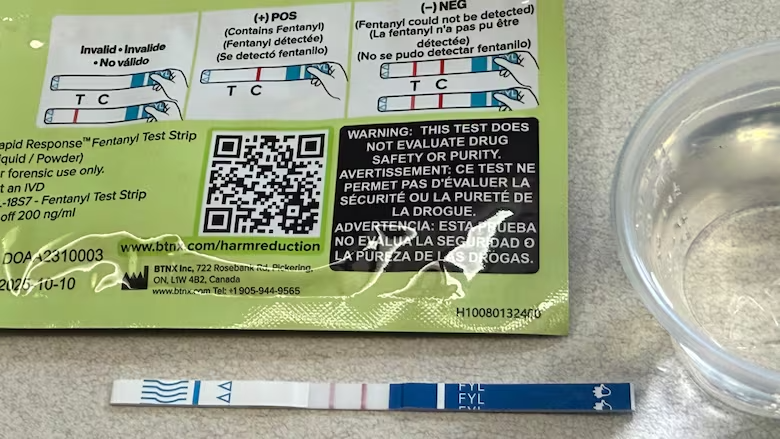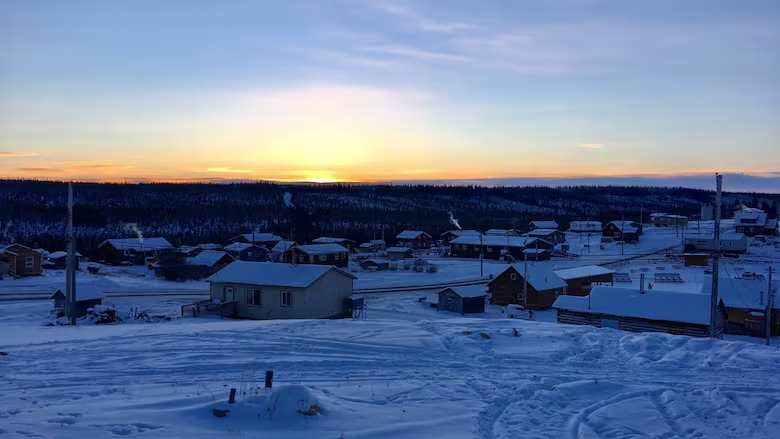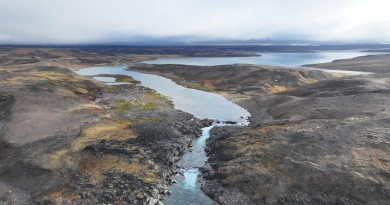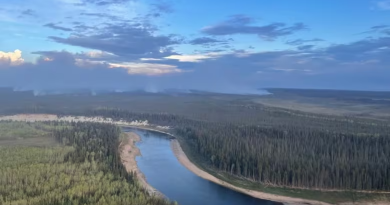Health officials warn of dangerous drug combination detected in N.W.T.

Fentanyl mixed with a benzodiazepine detected in drugs seized between Fort Good Hope and Norman Wells
The office of the chief public health officer (CPHO) in the N.W.T. has issued a public health advisory warning about a dangerous combination of drugs detected in the territory.
The advisory issued on Wednesday says drugs were seized during a vehicle stop between Fort Good Hope and Norman Wells in mid-March. The drugs tested positive for fentanyl, crack cocaine and methamphetamine. This week, Health Canada confirmed that there was also a rare benzodiazepine detected in the fentanyl, called desalkygidazepam.
Desalkygidazepam is more resistant to the anti-opioid drug naloxone, which could make it difficult to treat someone who is overdosing.
The advisory says this is the first time it has been found in illegal drugs in the territory; it was first detected in Canada in April 2022.

The CPHO is also warning that the territory is seeing an increased presence of methamphetamine and higher quantities of fentanyl.
“All of these incidents show a shift in the N.W.T.’s illicit drug profile that is concerning,” the statement reads.
The advisory says there are no visible warning signs that street drugs contain opioids or benzodiazepines; they can’t be detected by sight, smell or taste.
Signs of benzodiazepine intoxication include excessive drowsiness, loss of balance and coordination, partial amnesia, and not being able to follow conversations. High doses of drugs like fentanyl that mix benzodiazepines and opioids increase the risk of overdose, which can lead to breathing problems, unconsciousness or death.
The CPHO has had an agreement with the City of Yellowknife since July 2024 to test Yellowknife’s wastewater on a monthly basis for illegal drugs; it posts the data on Health Canada’s website. The CPHO has said cocaine and crack cocaine are the most-used substances in the territory after alcohol and cannabis.
In 2024, there were five opioid-related deaths in four N.W.T. communities, according to the CPHO
Related stories from around the North:
Canada: Residents anxious about drug-related crime in N.W.T.’s South Slave region, Eye on the Arctic
Finland: Police response times up to an hour slower in Arctic Finland, Yle News
United States: Lack of village police leads to hiring cops with criminal records in Alaska: Anchorage Daily News, Alaska Public Media



